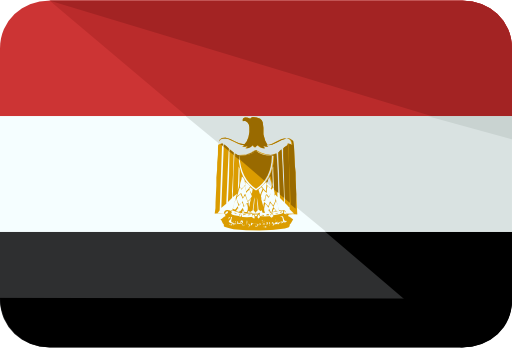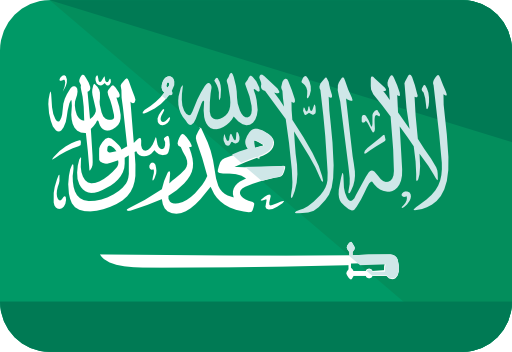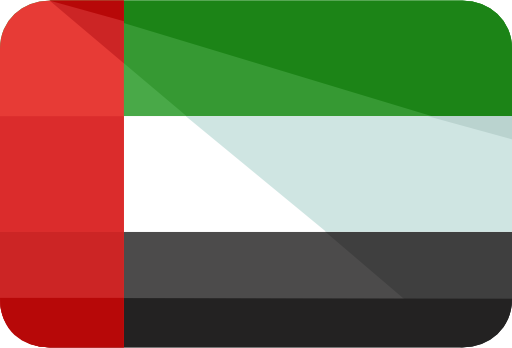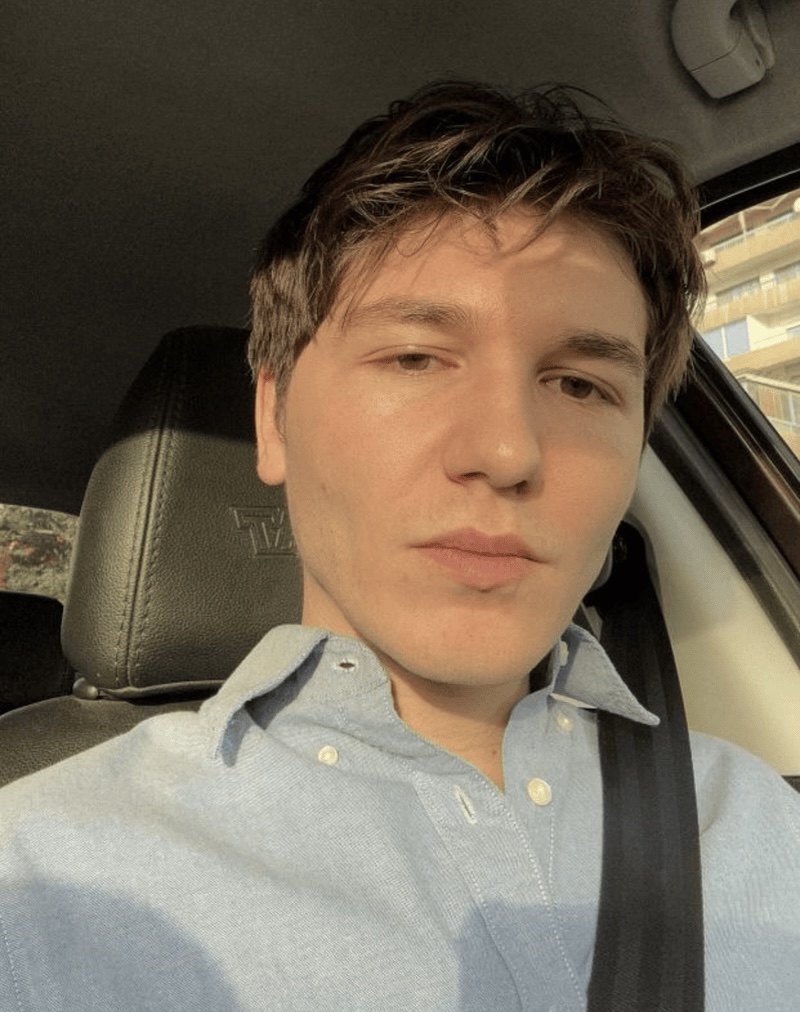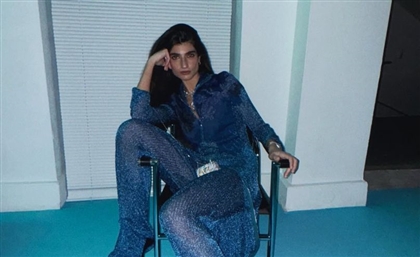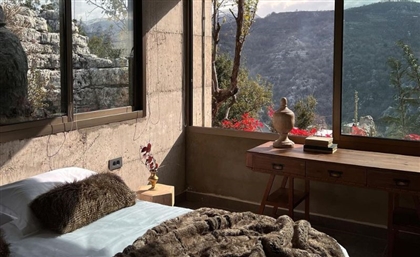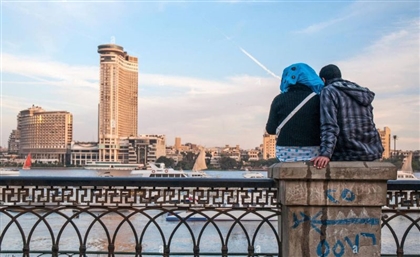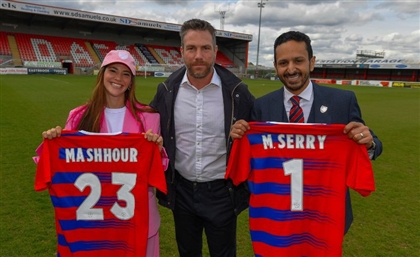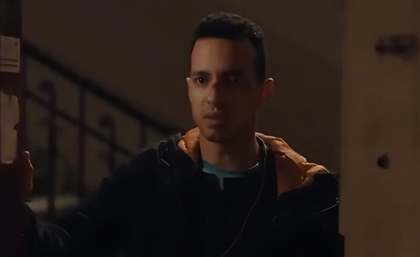How Lebanon’s Art Scene Moves Forward Amid Crisis
We spoke with members of Lebanon’s art community on endurance, healing, and the struggle against crisis-driven exploitation
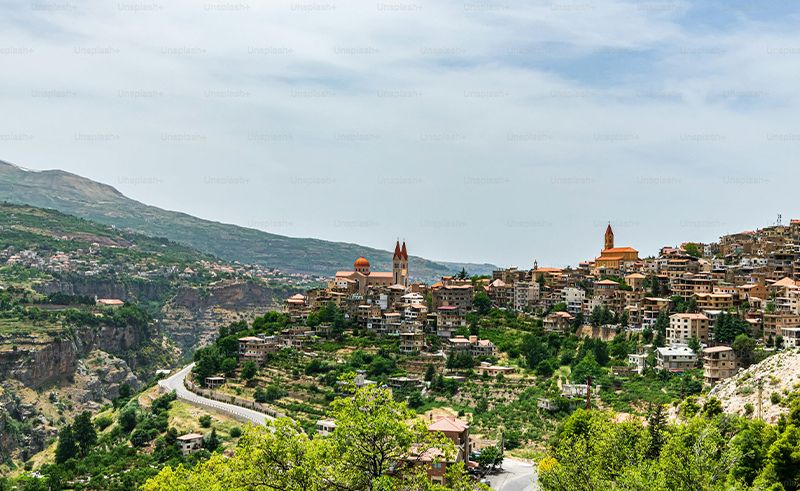
Lebanon’s art scene has long served as a cultural anchor in the Arab world—from the surrealist and expressionist movements of the 1950s to the contemporary works shaped by decades of instability. But in the face of ongoing political collapse, economic hardship and Israeli bombardment, artists in the country remain suspended between survival and expression.
For art dealer Karim Massoud, owner of Beirut Black Cat gallery, the latest crisis forced him to confront a painful decision. He had transformed his long-time family home into an artist salon—inviting collectors not to galleries, but to living rooms. As the Israeli strikes intensified, he was left to decide whether to evacuate the collection. “I chose to leave my paintings hanging in my family home. If the house was to be hit, the real loss wouldn’t just be the art—it would be the family memories,” Massoud tells CairoScene. “I wanted it to be destroyed while looking beautiful, intact, full of life.”
Lebanon has seen cultural renewal before, with institutions like the Beirut Art Center and Sursock Museum playing pivotal roles in reviving the postwar scene. But events such as the 2020 Beirut port blast, the COVID-19 pandemic and the renewed Israeli bombardment have severely disrupted an already fragile ecosystem. “The country has been in a spiral of peace and war,” says mixed-media artist and DACHAQ gallery owner Jessica Shoucair. “It’s in our unconscious because it’s in the history of Lebanon.”
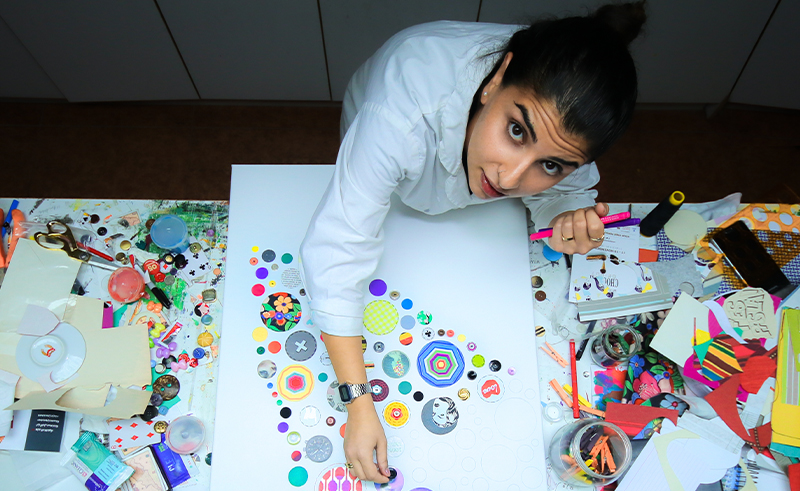
Jessica Shoucair
During the 2020 blast, Massoud’s previous home was destroyed—but the artwork miraculously survived. Now, just as it had then, his collection emerged intact from the most recent round of attacks. Still, like much of Lebanon’s cultural infrastructure, it remains vulnerable. As the smoke of bombardment clears, Lebanon begins yet another phase of reconstruction—and its artists remain suspended between survival and expression.
-04a4f591-abff-490d-b5fd-221a79e5d997.jpg)
Karim Masssoud
Her recent pieces channel irony and fatigue, combining satire and cultural memory. In one, George Washington wears a jester’s hat on a US dollar note, critiquing American imperialism. In another, an obsolete Lebanese banknote is repurposed to preserve the memory of a currency stripped of its value.
Exile remains a central theme. Many Lebanese artists, like during the Civil War, have scattered across France, the UAE, and beyond—fostering a growing diaspora of art. But the disconnect from home is deeply felt. “She said, ‘I just want to see the colours, the chaos, the electricity wires, the old men playing backgammon outside the grocery store,’” Shoucair shares, referencing a friend who returned to Lebanon after years abroad.

Jessica Shoucair
“Our geographical location will always give us problems—politically, geographically, demographically—but young people are always leading,” says Shoucair. Despite exhaustion, many still speak with cautious hope.
“I’m very sad that 99% of my friends have left the country. But whoever stayed, we suffered enough,” Massoud says. “Things are clearing out now for us. Better days are coming to the art world, and I encourage people to buy art, buy art installations, and invest in this world, which works for all of us.”
- Previous Article Sama' Abdulhadi to Make Bahrain Debut April 24th
- Next Article Ministry of Health Clears 60% of Surgery Waiting Lists Since Fall 2024

